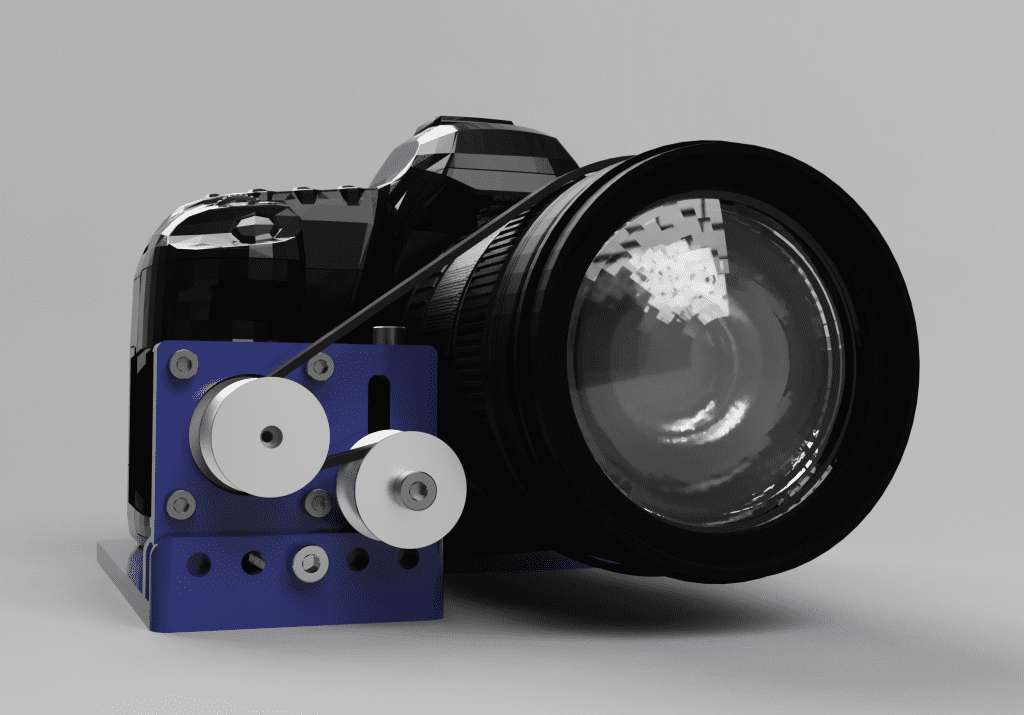The dSLR External Zoom & Focus Driver project will provide a simple and effective way to externally control zoom or focus of dSLR lenses. The primary intent of this is for use with time-lapse photography, where small increments of zoom or focus are made before or after each frame. This device could be used for videography as well by implementing continuous motion of the motor.
Concept
Most modern SLR lenses these days come with autofocus systems, as rightly they should in this day and age. Autofocus does not necessarily make for great time-lapse sequences though, as the focus can shift slightly between frames or over time (especially if the scene changes). To compensate for this, time-lapse sequences are commonly shot using manual focus mode. This serves the purpose just fine for most scenes, but if you wanted to create a rack focus effect during a time-lapse sequence, it would be very difficult.
The basic concept for this system is to use a stepper motor to turn a timing belt wrapped around the zoom or focus rings of a dSLR lens. The belt will be sufficiently tensioned to ensure rotation of the ring. The motor will be controlled by the Motion Controller.
The drive motor assembly is mounted onto a plate that attaches to the camera body using the standard tripod mount. Additional tripod mounting points are provided by the plate as well.
Design
Varying lens diameters can be accommodated by changing the motor mount location. An array of bolt holes allow for the motor to be mounted in 10mm increments from the lens.
It appears that the focus rings on Canon lenses (at least the ones I’ve tried) have continuous rotation, so the motor could rotate the focus ring indefinitely without damaging the lens. This is not true for the zoom ring, which has maybe 1/4 turn between end stops. The controller will need to be programmed appropriately to accommodate the different range of motion for different lenses.
The focus/zoom rings are moved using a timing belt. Friction between the belt and the rings is important to prevent slippage. Friction is increased by increasing the belt tension. To do this, a belt tensioner is provided. This consists of an idler pulley that can be adjusted to increase the belt tension.




